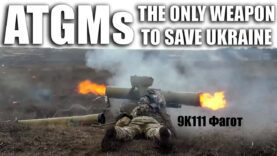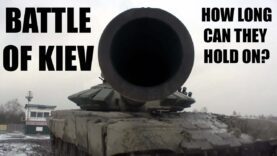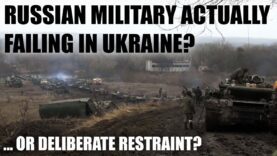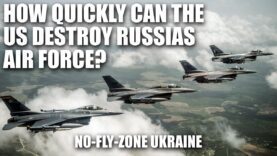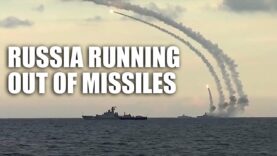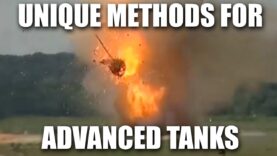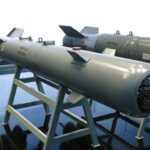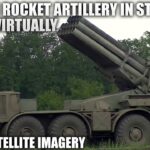How Many Guided Missiles Does Russia Have?
How Many Guided Missiles Does Russia Have?
Video Summary
Russia, in particular, has deployed a wide range of weapons, including the caliber family of missiles, with the main one being the land-attack variant of the 3M14. This long-range missile has a similar range to the US Tomahawk, flying subsonic and low to the ground to evade detection. It carries a 450-kilogram warhead and is launched from land or sea.
Other notable missiles used by Russia include the older Tochka, with a shorter range, and the more accurate Iskander M, which has a longer range and is launched from a brigade of 12 launchers with one resupply. The Iskander K cruise missile also exists, using the same 3M14 caliber. Additionally, Russia has used air-launched missiles like the Kh-101, which is stealthy and subsonic, and the Kh-59, which can be launched from smaller aircraft.
The US, too, has employed a variety of weapons in the conflict. In 2021, the US used 802 Tomahawk cruise missiles, 153 AGM-86 cruise missiles, and several AGM-130s and SLAM-ERs. Russia, however, has not been as transparent about the types and numbers of weapons used.
As the war continues, estimates suggest that Russia may be running low on some of these weapons. With a dwindling stockpile, they might need to become more selective about which targets to strike and which weapons to use. Sanctions and logistical challenges could further complicate Russia’s ability to replenish its inventory.
That’s why I think it’s essential to evaluate the true extent of Russia’s weapon stockpile. Let’s assume, as a rough estimate, that they have around 600 caliber missiles, considering their production capacity and past numbers. According to some reports, they might have used around 50-200 of these in Ukraine, leaving them with several hundred in reserve. This estimate seems reasonable, considering they have around 400-500 slots on warships and submarines to hold these missiles.
The picture gets even more complex with the Iskander M and Iskander K missiles. The Iskander has 12 launchers with one resupply, which translates to roughly 312 total missiles. The cruise missile has 64 missiles, which, extrapolated, could be around 100-200 by now. These missiles have been used extensively in Ukraine, but the exact number is still unclear.
The Kinzhal hypersonic missile, often shrouded in controversy, has also been a topic of interest. Russia claims they used several, while the US has verified its use. It’s unclear why Russia would choose to use such expensive and rare weapons, especially when less expensive options could achieve the same results. This strategy might be to show off and test the weapon in real combat, much like the US has done in the past.
As the war drags on, Russia’s stockpiles will continue to dwindle, making it increasingly important for them to become more targeted and strategic in their attacks. Sanctions will complicate their ability to replenish their inventory, and they might need to rely on alternative suppliers or find creative solutions to counter this challenge. I’ll be keeping a close eye on the situation, and it’s crucial for me to remain informed about Russia’s weapon stockpiles and tactics.

